Tiny Topolino Touches Down In The U.S.
FIAT’s Quirky City EV Visits Select Dealers For American Feedback
Since 2021, Stellantis has been pushing the boundaries of urban mobility with its trio of all-electric quadricycles: the Citroën Ami, Opel Rocks-e, and the Fiat Topolino. Originally designed for dense European city centers and Ultra Low Emission Zones (ULEZs), these pint-sized EVs are getting a surprising test run—right here in the U.S. Recently, Stellantis quietly sent 20 Fiat Topolinos to select American dealerships, including Golling Alfa Romeo Fiat in Birmingham, Michigan, to gauge public interest.
I stopped by Golling with my daughter Isabella after spotting the Topolino in their showroom earlier in the week. General Manager James Houfley and salesperson John Jina confirmed that Stellantis handpicked a few U.S. dealers to show off the Topolino and gather real-world impressions from American consumers. With a top speed of 28 mph (45 km/h) and a range of just 43.5 miles (70 km), this isn’t your typical electric car—but then again, it was never meant to be.
A Look Back: Stellantis’ Trio of Quadricycles –
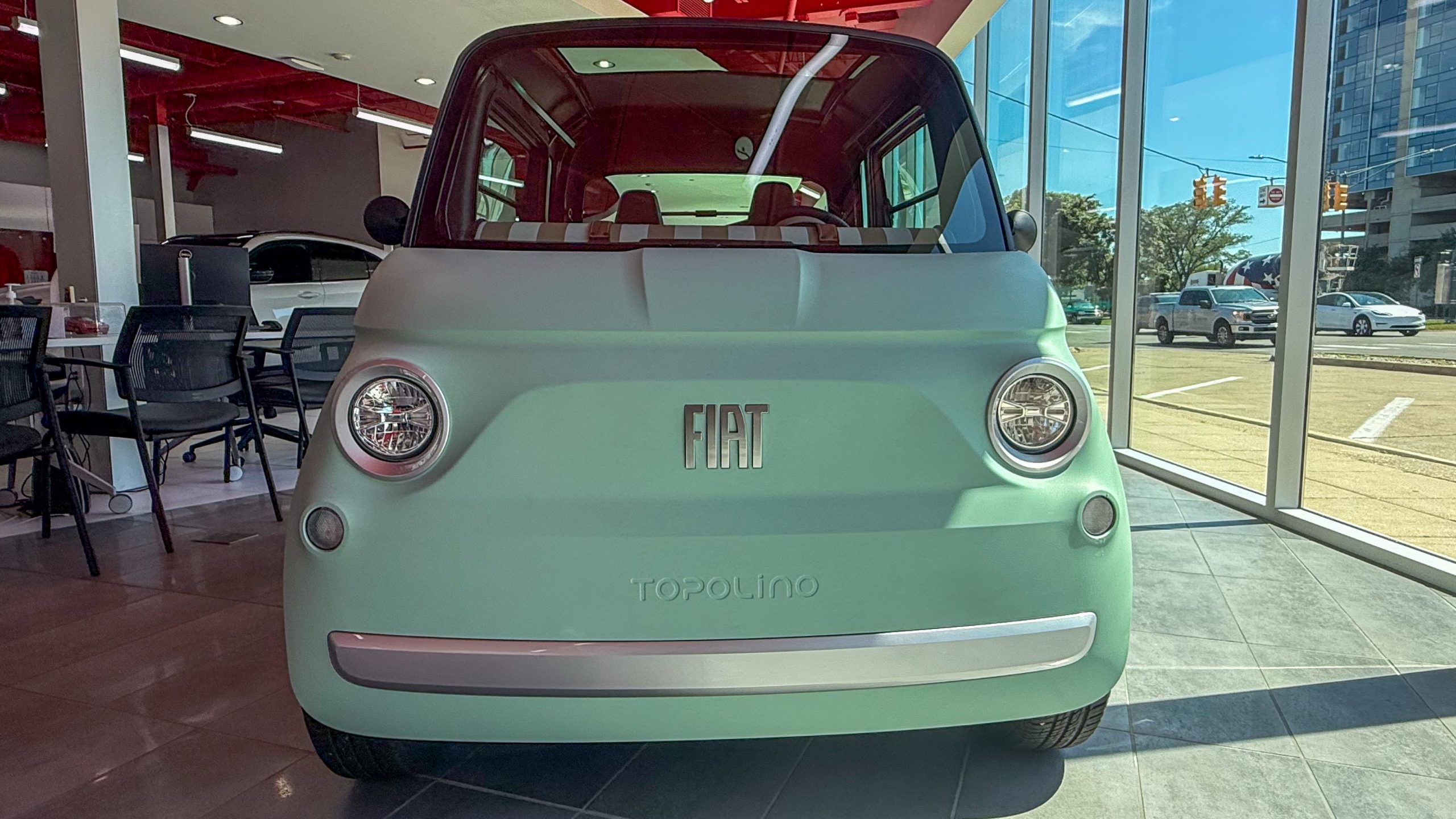
This new wave of minimalist electric vehicles kicked off with the Citroën Ami, followed by the Opel Rocks-e, and finally the Fiat Topolino, all sharing the same underpinnings but dressed up to suit each brand’s character. While the Ami and Rocks-e stuck with futuristic, utilitarian designs, the Topolino brought a healthy dose of charm, resembling a modern take on the classic Fiat 500 from 1957 to 1975. The Dolcevita version even has a canvas roof and rope-style “doors,” evoking carefree beach vibes.
Despite their differences, all three quadricycles are built on a clever, symmetrical body structure that keeps costs low—front and rear panels are interchangeable, as are the left and right body panels. All versions are built at Stellantis’ Kenitra Assembly Plant in Morocco, where production has ramped up from 20,000 units annually to over 70,000 since the beginning of 2025.
Built for Europe’s Urban Future –
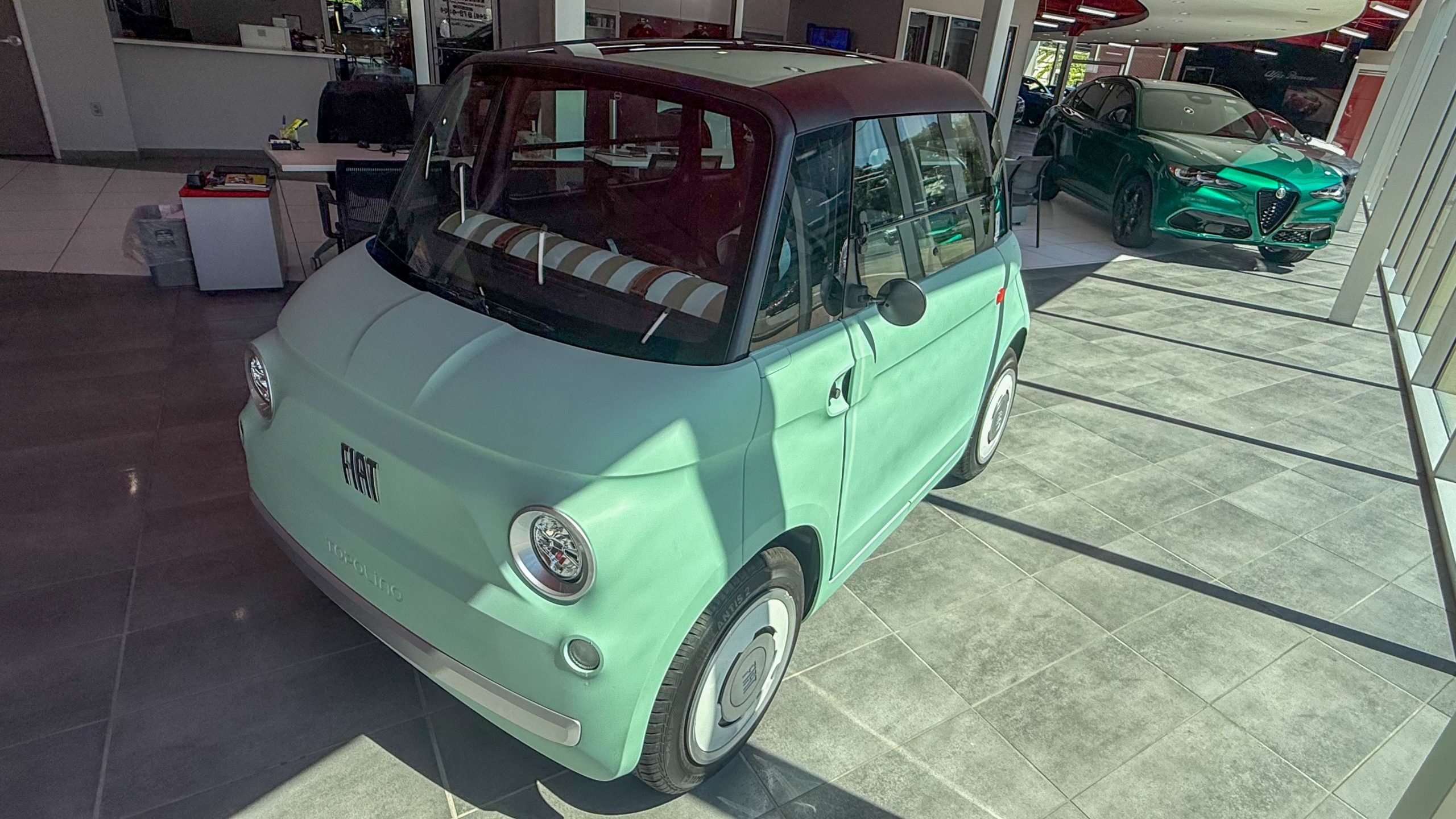
These vehicles aren’t designed for the highway—they’re built for city life. That’s where ULEZs and ULEVs come into play.
-
ULEZs (Ultra-Low Emission Zones) are emerging across Europe and the UK, restricting access to high-polluting vehicles and promoting low-emission alternatives.
-
ULEVs (Ultra-Low Emission Vehicles) are defined as emitting less than 75g of CO₂ per kilometer. That includes battery-electric cars, such as the Topolino.
Cities like London, Paris, Amsterdam, and Brussels have already seen significant reductions in pollution thanks to ULEZ initiatives. Stellantis clearly sees a future here, and Chairman John Elkann has even proposed a European version of Japan’s kei car category—dubbed “e-cars”—to support small, efficient vehicles in urban areas.
Seeing the Topolino in the Flesh –
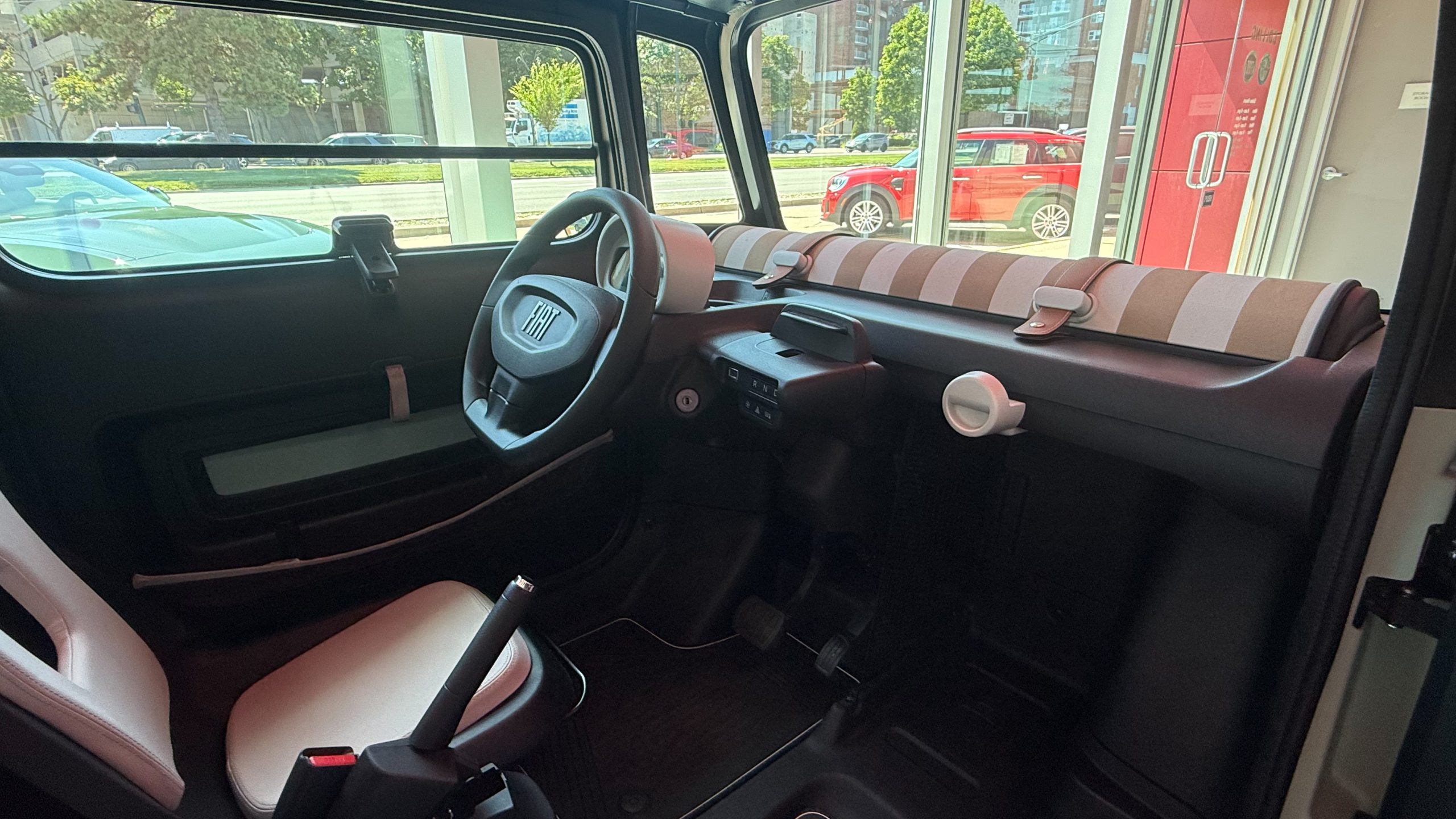
Seeing the Topolino up close was a treat. Despite its toy-like appearance, the Topolino is surprisingly well thought out. Measuring just 2.41 meters (7 feet 11 inches) long, 1.39 meters wide, and weighing 485 kg (1,069 lbs), it’s officially classified as a “light quadricycle” in Europe. That means it can be driven without a full driver’s license in many countries—sometimes by kids as young as 14.
The 6 kW electric motor is powered by a 5.5 kWh lithium-ion battery located under the floor. It can be charged to 100% in about three hours using a standard 220V outlet. Real-world range? Around 70 km (43.5 miles), which is perfect for quick errands or short commutes.
Inside, the simplicity continues. The driver’s seat is adjustable (the passenger’s is fixed), and both are little more than lightly padded shells. The windows flip out horizontally, the dashboard features only three buttons—hazard lights, fan, and defroster—and there’s a smartphone holder instead of a full infotainment system. A digital display behind the steering wheel provides just the essentials.
Still, it feels airy and open thanks to its extensive glass and clever seat arrangement. There’s a decent 63 liters of storage space between the seats, and Fiat offers personalized accessories, including seat covers that double as beach towels, a USB fan, a Bluetooth speaker, and a thermal water bottle—all in a matching Verde Vita color.
Could It Work in America? –
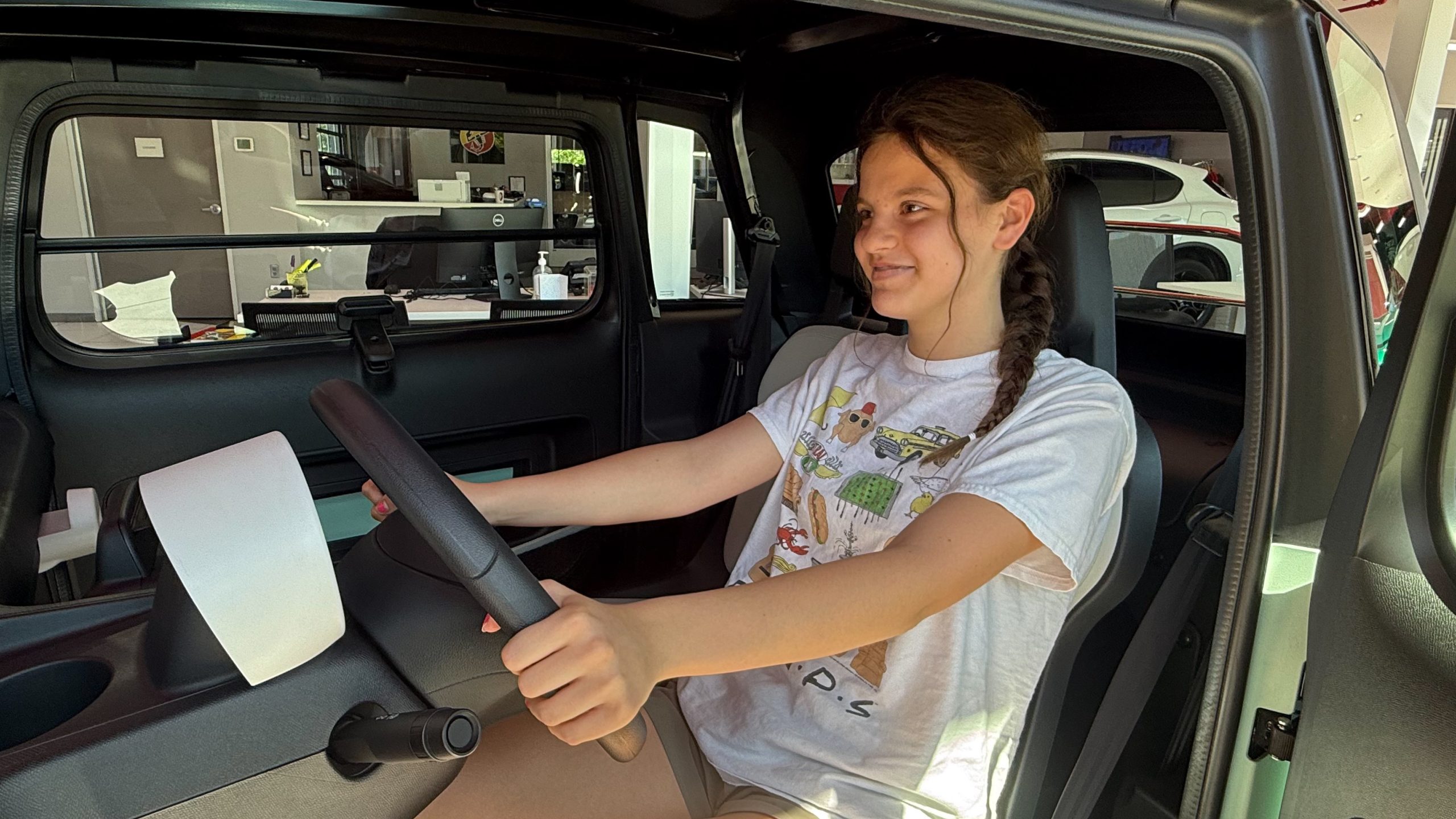
Now here’s the million-dollar question: Could the Topolino make sense in the U.S.? Honestly, in the right niche, yes.
It’s not street-legal on major roads or highways, but that’s not where it belongs. Instead, imagine it in Florida retirement communities, California beach towns, or Northern Michigan resort areas. These are places already filled with golf carts and GEM electric vehicles, where low-speed, short-range vehicles thrive. But the Topolino has some serious advantages:
-
Fully enclosed cabin (no rain-soaked seats)
-
Real exterior lighting and windshield wipers
-
More personality and character than a generic golf cart
While traditional golf carts often need aftermarket add-ons for weather protection, the Topolino comes standard with the basics you’d want in a small enclosed vehicle. It’s stylish, quirky, and—dare I say it—fun.
Fiat could potentially market this as a premium alternative in these communities. Yes, the $10,760 (€9,890) price tag is higher than a basic golf cart, but you’re getting a lot more, including a recognizable European flair.
America’s Urban Mobility Future? –
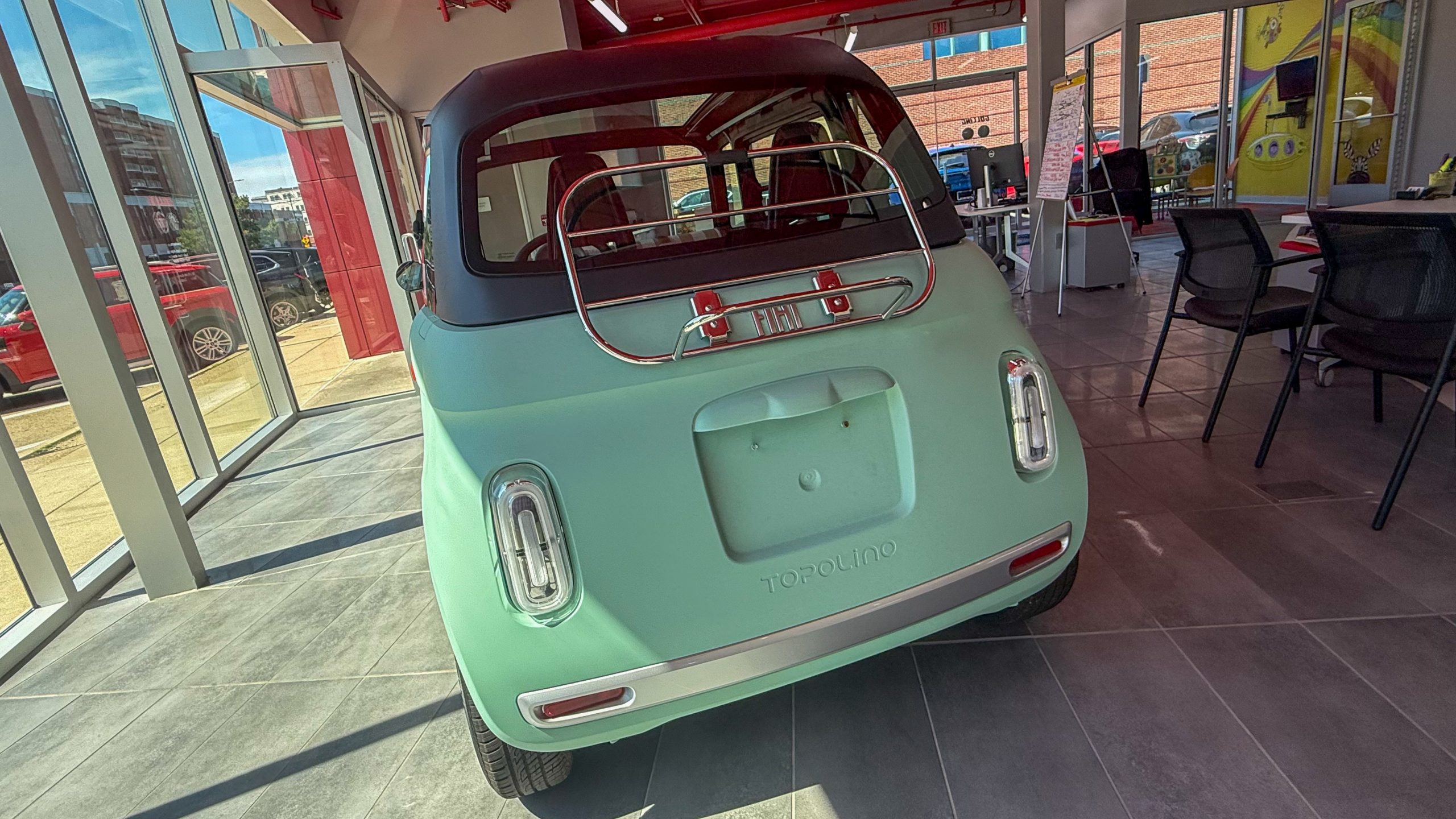
Let’s not forget the Free2Move carsharing service, Stellantis’ mobility brand. It teased the possibility of the Citroën Ami being featured in a pilot program in 2021, like in Washington D.C. Although Citroën isn’t sold in the U.S., the Topolino could easily fill this space. With its minimal footprint, fast charging, and low cost, it could be perfect for university campuses, city centers, or even corporate office parks—anywhere range and speed are secondary to convenience and eco-friendliness.
If you’re in the Metro Detroit area and curious about this little EV, swing by Golling Alfa Romeo Fiat in Birmingham, Michigan.

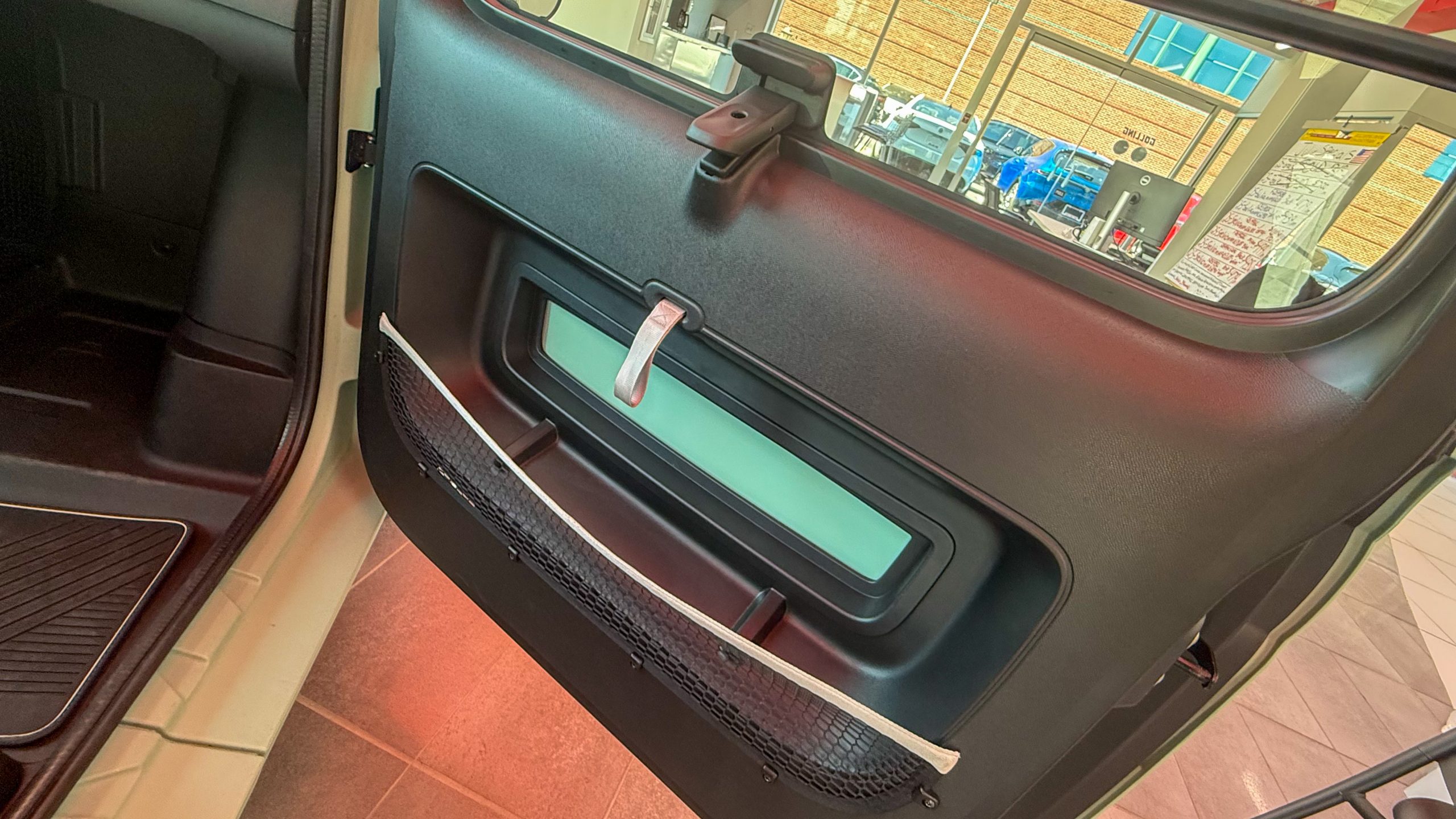
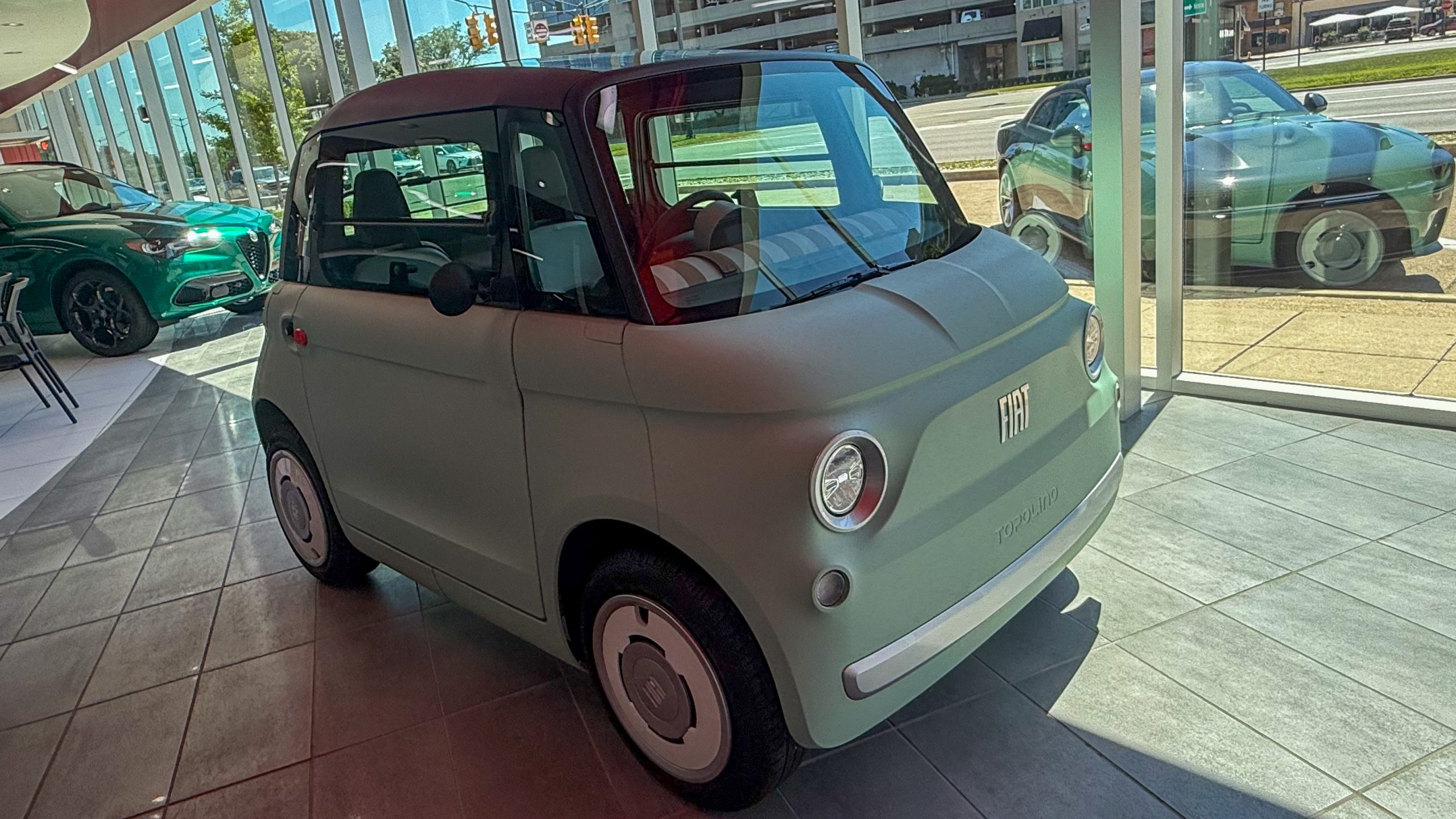
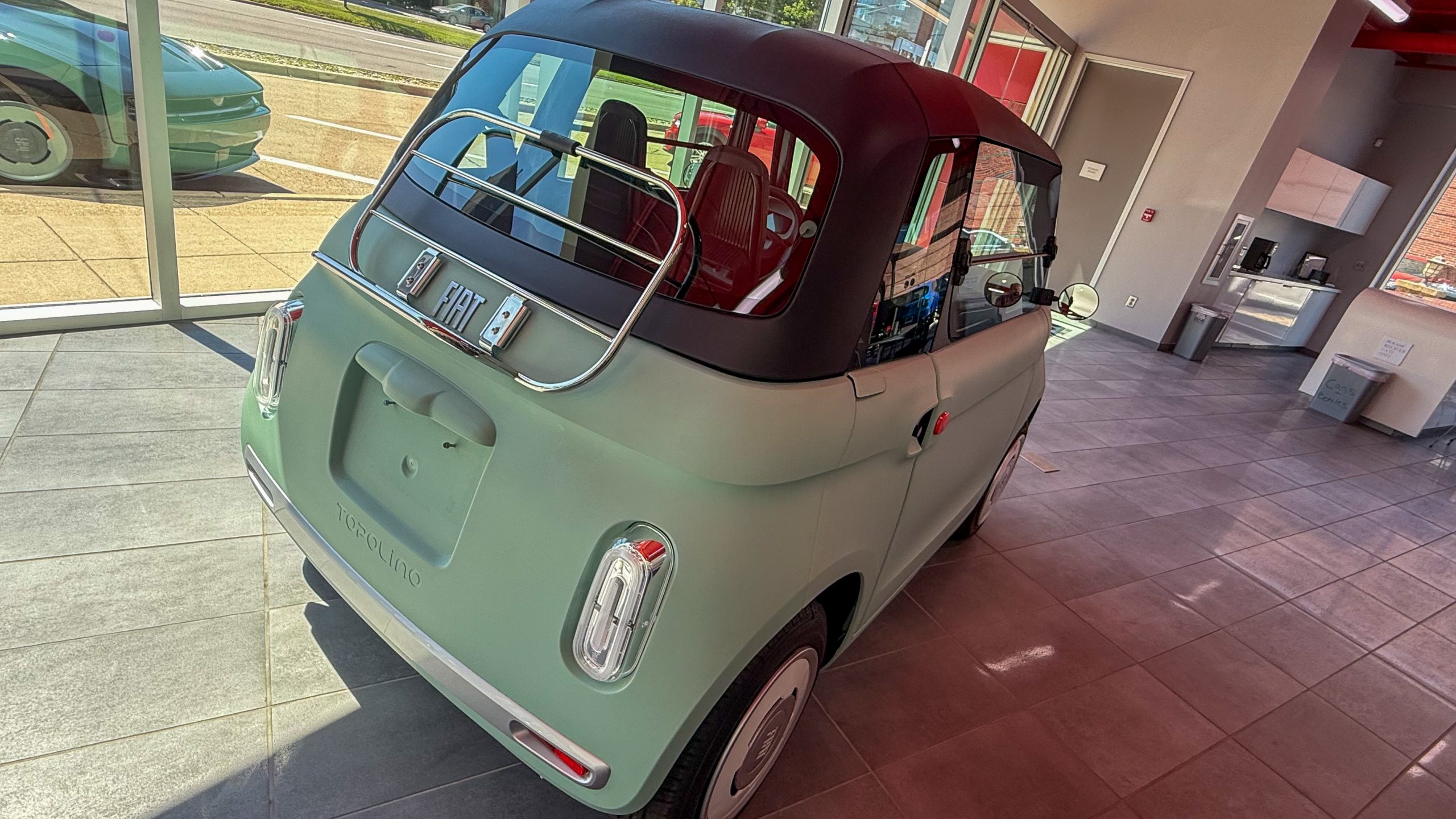
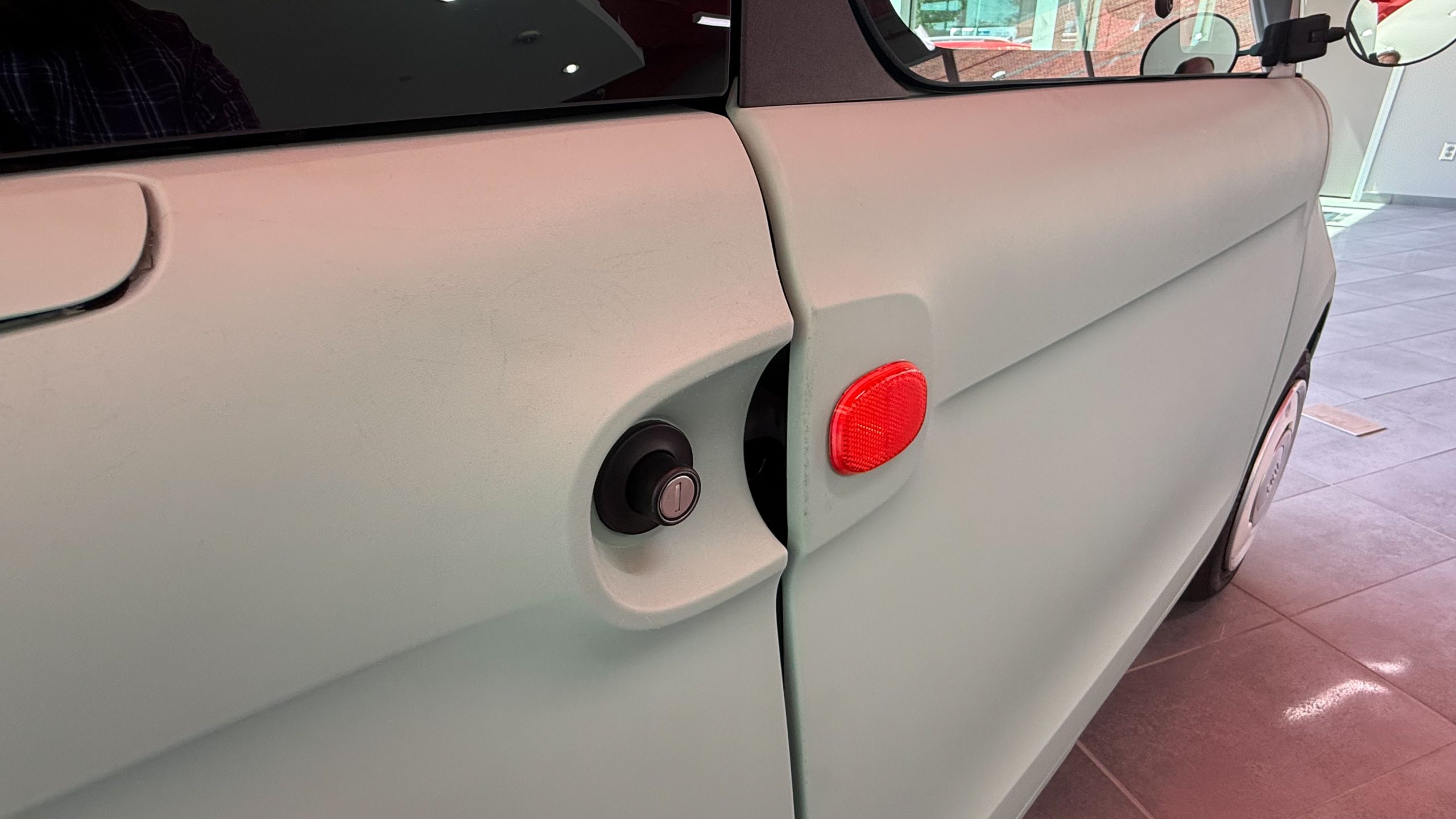
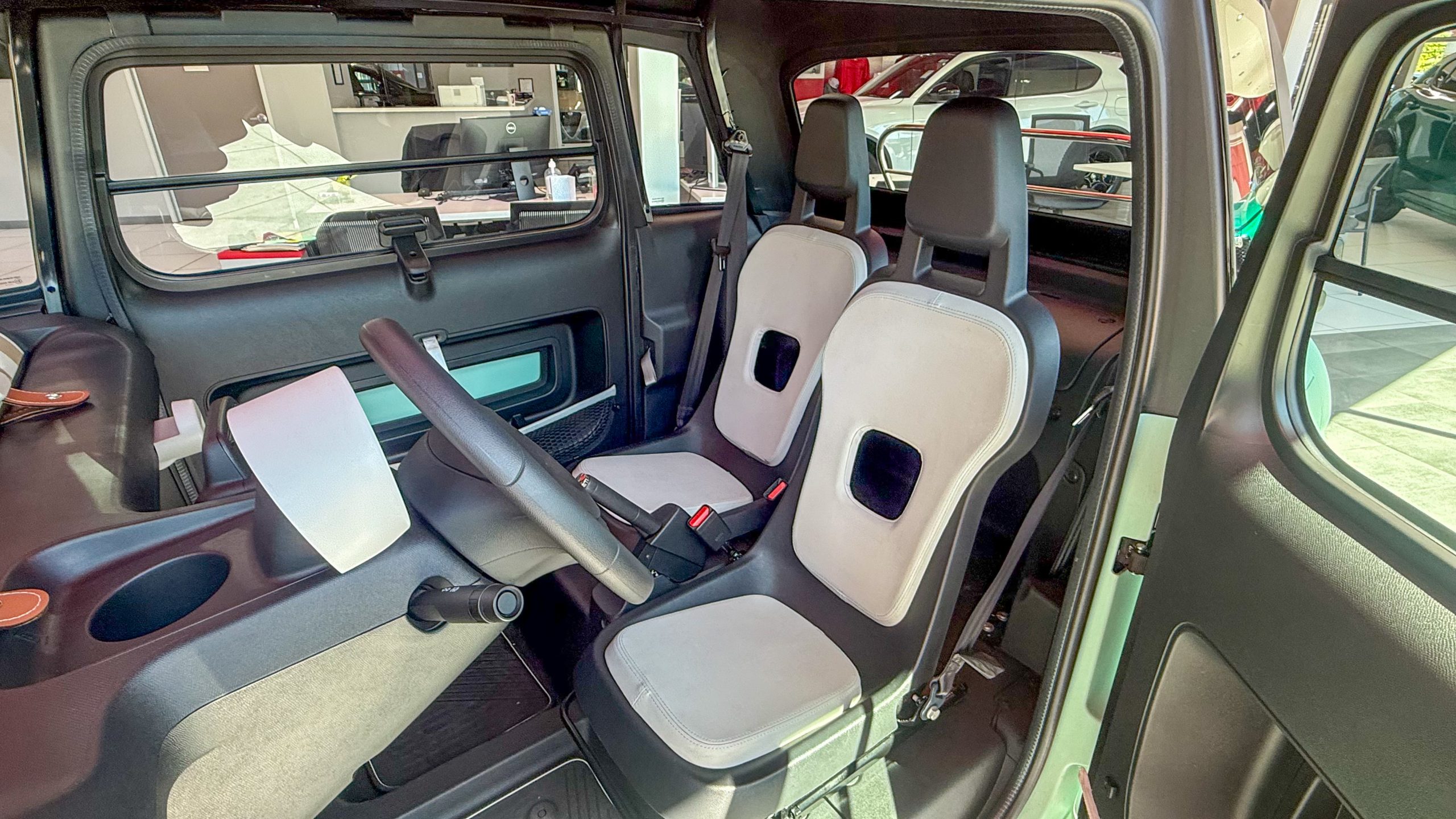
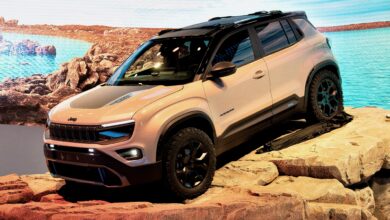
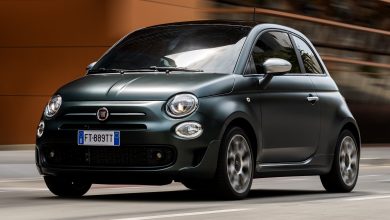
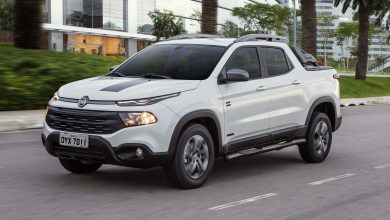

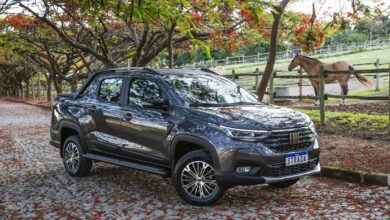
7 replies
Loading new replies...
Join the full discussion at the Mopar Insiders Forum →